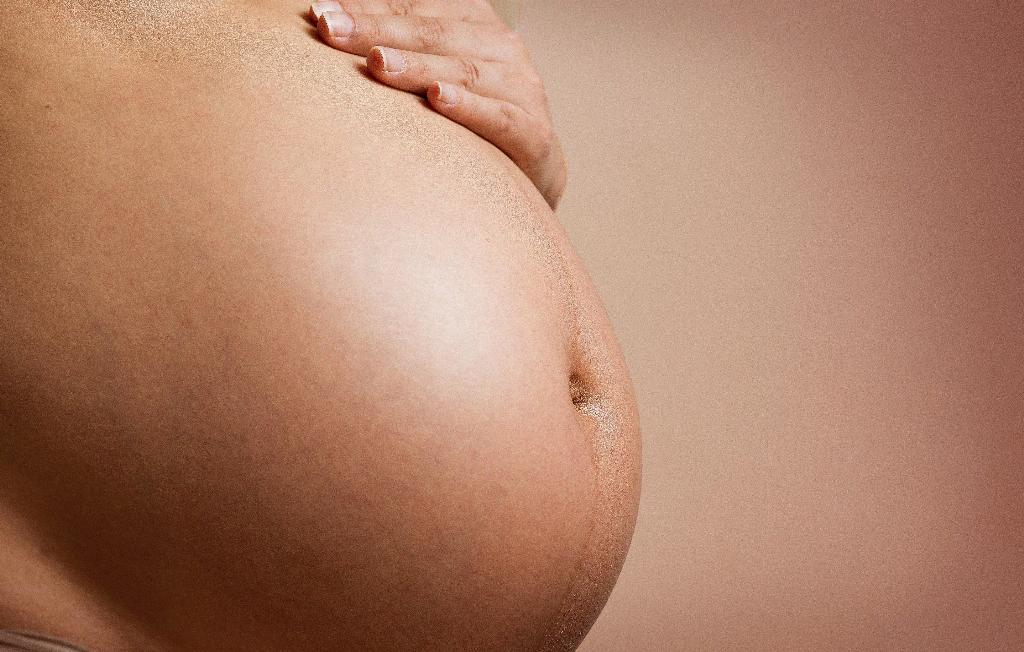When we talk about molar pregnancy conception, we are delving into a complex and often misunderstood aspect of pregnancy. Put simply, a molar pregnancy occurs when there is an abnormality in the fertilized egg, resulting in the failure of a baby and placenta to develop as they normally would following conception.
It’s crucial to grasp the reality that in a molar pregnancy scenario, the fertilized egg is not able to survive. This unfortunate situation occurs due to a chance abnormality and is considered rare in the realm of pregnancy complications.
One key point to underscore about molar pregnancy conceptions is that they are characterized by the formation of a mass of abnormal cells inside the uterus. This mass is known as a mole or a hydatidiform mole, and it takes the place of a healthy embryo.
It’s essential to recognize the two primary types of molar pregnancies: partial molar pregnancy and complete molar pregnancy. In a partial molar pregnancy, there is an abnormal development of the fetus and placenta, resulting in some fetal tissue. In contrast, a complete molar pregnancy involves the absence of fetal tissue and an overgrowth of abnormal placental tissue.
One of the critical aspects to be aware of when discussing molar pregnancy conceptions is the potential health risks they pose to women. Complications can arise, such as the development of gestational trophoblastic disease (GTD), which includes conditions like invasive mole and choriocarcinoma.
It’s important for individuals to understand that molar pregnancies can sometimes be misdiagnosed as viable pregnancies in the early stages. This misdiagnosis can lead to emotional distress for the expectant mother upon discovering the reality of the situation.
Medical professionals typically diagnose molar pregnancies through ultrasound examinations and blood tests that evaluate hormone levels. The timely and accurate diagnosis of a molar pregnancy is crucial for determining the appropriate course of action for the woman’s health and well-being.
Following the diagnosis of a molar pregnancy, treatment options may include a procedure called dilation and curettage (D&C) to remove the abnormal tissue from the uterus. Close monitoring and follow-up care are essential to ensure that any residual molar tissue is properly managed.
Emotional support is a key component of care for individuals who experience a molar pregnancy. Dealing with the loss of a pregnancy, as well as navigating the medical aspects of the condition, can be challenging, and having a strong support system in place is vital.
While molar pregnancies are indeed rare occurrences, it’s crucial for individuals to be informed about the potential risks and implications associated with this type of pregnancy complication. Education, awareness, and prompt medical attention are essential in addressing molar pregnancy conceptions effectively.
In conclusion, understanding the complexities of molar pregnancy conceptions is necessary to comprehend the unique challenges they present. By shedding light on this topic, we can contribute to enhanced awareness and support for individuals who may encounter this uncommon but impactful pregnancy complication.

